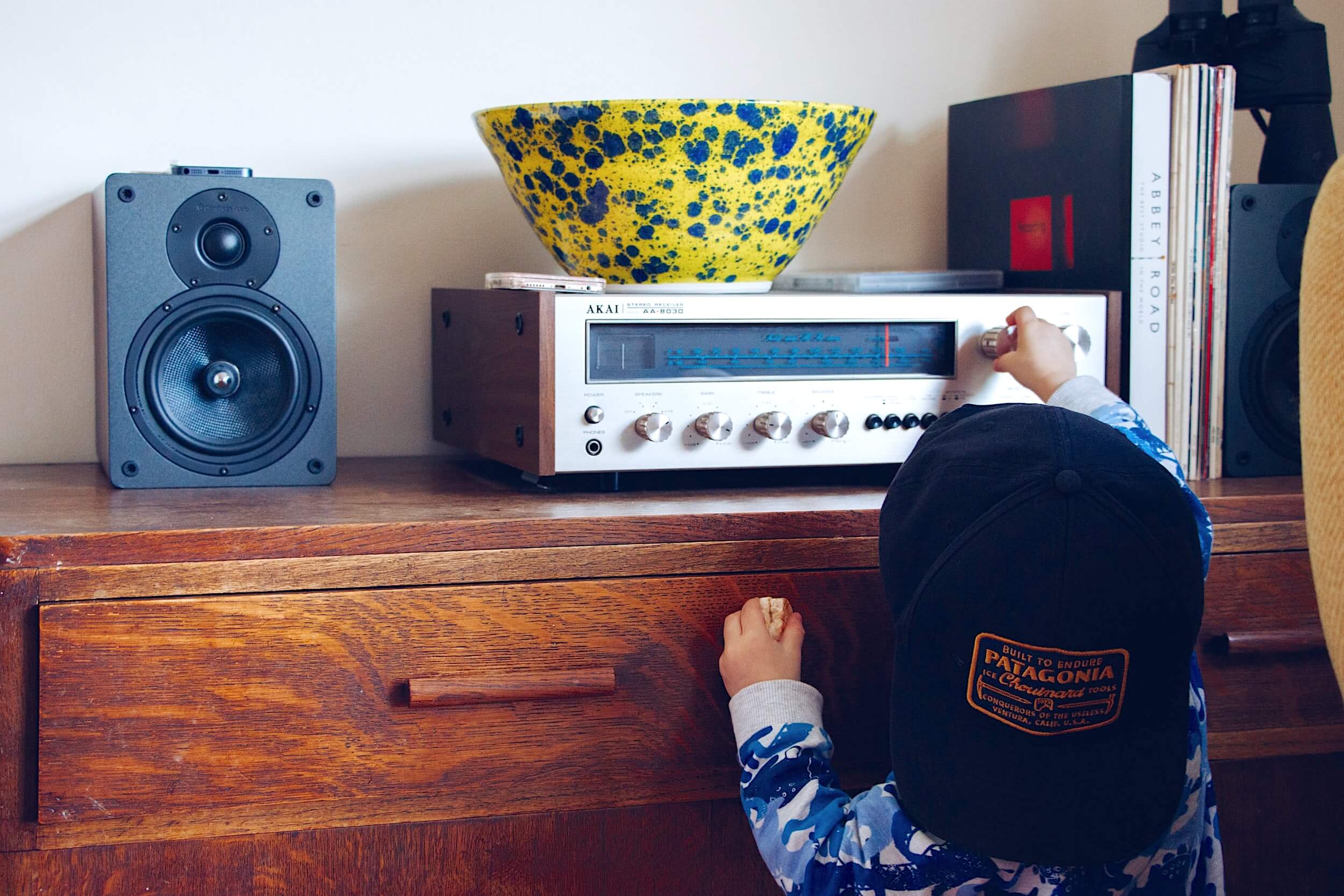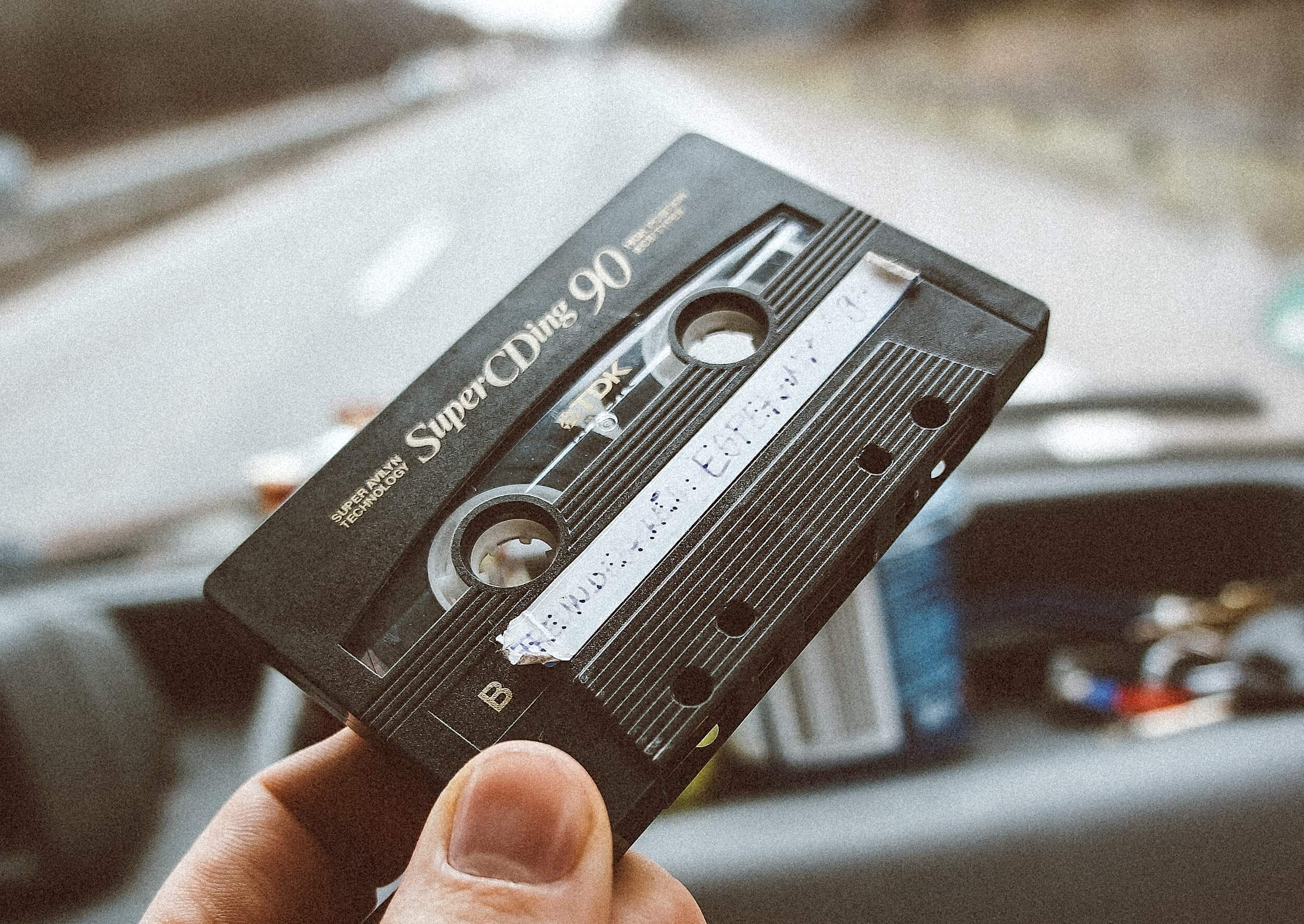Also - we will share recommendations on how to get enough sleep before the start of the work week.

Photo by Will Francis / Unsplash
- How enthusiasts downloaded computer programs using radio
Software and video games first hit live radio in Bristol. This happened in the 80s, when the station employees launched a new program on the topic of personal computers.
The management approved him of the experimental broadcast of data "over the air". We started with a 40x80 image, and then we began to transfer firmware for the Sinclair ZX81 and Commodore.
The Dutch Broadcasting Association joined the movement (they tried to broadcast the games). Later, Yugoslav versions of such shows appeared, which “distributed” dozens of different programs to the audience in just a few years of on-air presence. That was the kind of "radio" open source.
- From Beepers to Crazyfrog: A Brief History of Custom Ringtones
Let us recall the legendary MIDI melodies that came to us from Japan in the second half of the 90s. By that time, they had already sold three and a half million books with instructions on how to write ringtones on their own. And also - there are specialized languages SYNC and RTTTL.
Real tones, SMS ringtones, advertising of all this in newspapers and on TV, and then the powerful influence of mobile melodies on how popular music changed in the early 2000s.
In general, if you downloaded Crazy Frog to your device, there will definitely be something to remember.

Photo Tobias Tullius / Unsplash
- Where to listen to old hardware: the squeak of the ZX Spectrum and the sound of the PC Iskra-1030
There are many ways to deal with the history of technology. So, a number of enthusiasts collect thematic audio libraries - something like an "acoustic heritage" for geeks and everyone interested.
Some take the system sounds of popular OS as a basis, others record the sound of "old hardware". Still others do not stand on ceremony and collect everything: the noise of a hair dryer, the whirring of a coffee grinder, the rustle of a punched tape or even the ringing of an ordinary can (yes, they load that too).
- How AI Systems Aim to Simplify Sound Engineering
The libraries of "vintage" sounds, which we described in the material above, may be of interest to noise-makers . They select and mix everything that is needed for the sound design of TV shows and movies. It can also be custom sounds obtained by combining several simple ones.
But they also try to automate this work. We are discussing what AI systems can already do in terms of generating a video scale on the fly. Spoiler: so-so so far.

Photo by Dane Deaner / Unsplash
- Take and sleep before work: "anti-crisis" checklist for the weekend
The news agenda does not provide a single reason to take and stop following the endless epidemiological reports and studies. But as a result, we are increasingly experiencing anxiety, and many are already experiencing sleep disturbances on a regular basis.
Discuss how low frequency waves, white noise, ASMR content, and music can help. Although, to begin with, you just need to pay attention to your informational diet.
Additional materials we have on Habré:
 Who tried to share music with extraterrestrial civilizations
Who tried to share music with extraterrestrial civilizations
 Russian-language podcast about home cinemas, "audio fan's wishlist" and sound department
Russian-language podcast about home cinemas, "audio fan's wishlist" and sound department
 Deepfakes, reverse engineering, muses. programming and audio interfaces while driving
Deepfakes, reverse engineering, muses. programming and audio interfaces while driving